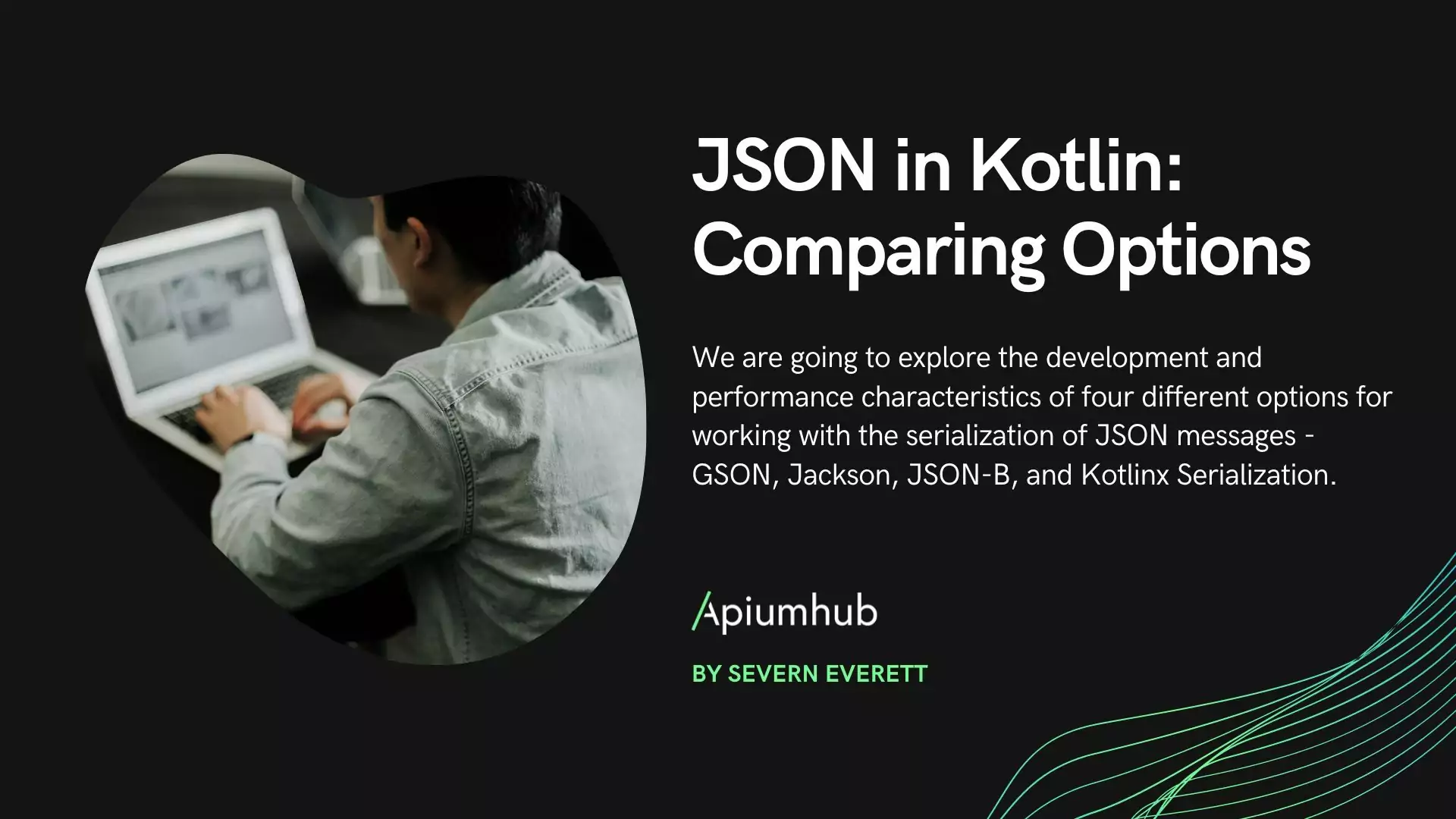Table of Contents
Every time C# is updated, the entire .NET world becomes better and more powerful, making it easier and safer to build applications. C# 13 is no exception. This update incorporates the best features from previous releases and introduces some new enhancements to address issues that developers had encountered previously. It also makes the code easier to read, work with, and faster.
C# 13’s coolest parts are better ways to match patterns, new stuff for handling immutable data and structures, plus some slick new syntax that makes coding way easier and more fun. These features are all about what real-world business projects, open-source stuff, and big tools need.
This article dives into the main stuff about C# 13, breaking down what it’s all about, how it’s used, where it really stands out, what it’s not so great at, and the best situations to use it for real. It gives a real-world view for tech teams figuring out if they should use this language version in their work now or later.
C# 13 for Developers
Primary Constructors for Classes
Factors and limitations
- Unlike record types, these don’t auto-generate things like Equals, GetHashCode, or Deconstruct methods.
- It’s not possible to combine a primary constructor with secondary constructors in a single class unless you’re willing to repeat code.
- These features cannot eliminate all complex construction patterns, such as classes having many initialization paths.
Ideal Use Cases
- Immutable Entities and Value Objects in DDD.
- DTO or presentation models in MVVM or Blazor applications.
- Set up Classes and Serialization Models.
Benefits summary
| Advantages | Description |
| Ease of use | Reduced lines of code, improved comprehensibility |
| Immutability | Encourages unchangeable |
| Effortless integration | Is compatible with required, init, attribute,s and DI |
| Efficiency | Decreases the recurrence of minor tasks |
Params Spans for Better Performance
Performance comparison:
| Method | Heap Allocation | Use of GC |
| params T[] | Yes, without exception generate an array. | High |
| params Span<T> / ReadOnlySpan<T> | No, make use of existing memory or stacks. | Low |
This has a real impact on apps:
- High performance (e.g., games, IoT).
- They handle a lot of data (ETLs, busy web services).
- They need to keep GC latency or pauses as short as possible.
Important points to consider
- This is only compatible with data types that are already in continuous memory, such as arrays and spans.
- It’s not possible to submit List<T> or IEnumerable<T> directly; they must be transformed explicitly first.
- It is incompatible with asynchronous methods that capture the span in the await.
Ideal situations for using Span<T> parameters.
- Text or string handling: parsers, analyzers.
- Byte manipulation: compression, cryptography.
- Logging and diagnostics: avoid repeated assignments.
- Generic utilities libraries: validate parameters, format lists, calculate statistics.
Benefits summary
| Benefits | Description |
| Faster | Prevent generating arrays on the heap. |
| Lower GC usage | Reduced pressure on the garbage collector. |
| Increasingly safe at execution. | The compiler guarantees the access remains secure. |
| Excellent for up-to-date APIs. | This feature also works with other enhancements, such as collection expressions. |
In summary, params Span<T> are beneficial in cases where working with data-</t>heavy or latency-sensitive systems. They can also be beneficial when developers simply desire to create the procedures faster without losing understandability.
Lambda Enhancements
Considerations
- Static lambdas cannot access ‘this’ or capture local variables.
- Lambdas with attributes are beneficial only if you’re using reflection or tools that make use of them.
- The compiler prefers to infer on its own; however, occasionally it is necessary to specify exactly what type is intended when ambiguity exists.
Ideal Use Cases:
- Complex business filters: Static lambdas with clear logic.
- Events and callbacks: Less coupling and more performance.
- Declarative validations: Clean expressions using attributes.
- Advanced LINQ: Dynamic queries that are still easy to read.
Benefits summary
| Improvement | Benefits |
| Type inference | Cleaner, less repetitive code |
| Attributes in parameters | Extensibility for tools and validators |
| Optimized static lambdas | Better performance by avoiding closures |
| Richer composition | More versatile lambdas in complex contexts |
To summarize, the enhancements to lambda expressions in C# 13 represent an advancement toward a smoother, functional, and efficient programming style, in line with the current demands of modern apps and reactive systems.
Collection Expressions
Requirements and precautions
- The compiler must know the destination type.
- Not all structures support initialization by collection expression (currently).
- If you’re using custom types, ensure you have compatible constructors or methods.
Ideal Use Cases
- Setting up test data or mocks.
- Defining configurations or constants.
- Putting together filters or queries as the program runs.
- Working with buffers or streams.
Benefits summary
| Benefit | Description |
| Clear syntax | Clean and expressive initialization |
| Less Code | Removes .Add, .AddRange, and verbose constructors |
| Straightforward composition | Easily combines collections |
| LINQ & Span<T> friendly | Versatile for modern applications |
In summary, Collection Expressions are a great addition for writing code that is cleaner, shorter, and easier to maintain, especially when dealing with complicated or changing data structures.
Interceptors (Experimental)
Current limits:
- Experimental: You must enable it manually with [Experimental (Interceptors)].
- Only available in modern compilers with explicit support (for example, in .NET SDK preview).
- It’s not currently suggested for production without checking.
- It doesn’t fully take the place of frameworks such as AOP with reflection or proxies.
Ideal Use Cases
| Scene | How an interceptor assists. |
| Data validation. | Centralize validations when constructing objects. |
| Data entry regulation | Automatically convert text, dates, or objects. |
| Auditing and logs | Incorporate tracking into model building. |
| Customizing DTOs or records | Automatic code generation comes into play. |
Benefits summary
| Benefits | Description |
| Compiler Fine-Tuning | Customize automatic generation. |
| Reuse | Centralized validation logic |
| Transparency | Cleaner Code, Less Constructor Clutter. |
| Extensibility | Perfect for libraries or SDKs with generated models. |
Note: Interceptors, though still experimental, provide a path to a more declarative and extensible programming model. Shortly, they could replace complex validation patterns, code generation, and repetitive logic.
Primary Constructors for Classes
Restrictions:
- Fields can’t be defined directly; parameters must be exposed as properties or used directly.
- Multiple overloaded constructors aren’t allowed with this syntax.
- A traditional constructor is still needed for complex initialization logic.
Ideal use cases
| Scene | How it helps? |
| Data models. | Clarity, brevity. |
| Configuration Classes | Without unnecessary setters. |
| Helpers or wrappers | Less boilerplate |
| Base classes with shared behavior. | Simple Start |
Benefits summary
| Benefits | Description |
| Conciseness | Less code, more purpose. |
| Optional Immutability | Safer Code |
| More clarity. | Improve the readability. |
| Easy composition. | Works with inheritance and attributes. |
In conclusion, Primary Constructors for classes in C# 13 let you write code that is clearer, more direct, and more expressive. This is great for simple data structures, utility classes, configurations, and immutable entities. It’s another tool that brings C# closer to a functional and less verbose way of doing things.
Default Lambda Parameters
Limits:
- You can’t use params with default values in lambdas.
- You can’t use default values in delegates that don’t accept a call without parameters, unless you use an intermediate lambda or dynamic delegates.
- You can’t have a default value in the middle of other required parameters. The order must be: required parameters first, then optional ones.
Ideal use cases
| Scene | Using default parameters |
| Logging functions | Avoid logs without context |
| Maths operations | Set up constants or limits ahead of time |
| Reusable delegates | Remove unnecessary overloads |
| APIs DSL or declarative expressions | Makes the code cleaner |
Benefits summary
| Benefit | Description |
| Fewer overloads | One lambda handles many cases |
| More expressive | Functions become easier to read and reuse |
| Better LINQ and LINQPad integration | More control in complex expressions |
| Good for Functional APIs | Fluid and declarative style |
In conclusion, C# 13’s Default Lambda Parameters supply a much-awaited ability and do away with needless limits when using anonymous functions. This allows for a more adaptable and refined method, mainly helpful in functional or declarative setups.
Using Aliases in Patterns
Limitations:
- The alias works only inside the block where it was assessed.
- You can’t use aliases with mismatched types (like aliasing a property that hasn’t been assessed).
- Even though it might look like let in other languages, it only lets you reference expressions that are already assessed. It doesn’t let you declare expressions.
Ideal Use Cases
| Scenario | Benefit |
| Assess complex objects | Avoid multiple casts or accesses |
| Improve switch readability | Reduce expression repetition |
| Do advanced conditional operations | Reuse validated values |
| Make clean refactors | Avoid declaring variables out of context |
Benefits summary
| Benefit | Description |
| Accuracy | Provides immediate access to the evaluated value |
| Clarity | Reduces code repetition |
| Scalability | Works well in larger validations |
| Expressiveness | It is similar to more expressive patterns, like those in F# |
In conclusion, with aliases in patterns in C# 13, you can write cleaner and more expressive code, mainly in situations that involve several validations or nested structures. This improves structural patterns and makes C# stronger as a modern and declarative language.
Improvements in params and Collection Expressions
Ideal Use Cases
| Scenario | How it helps |
| APIs with params | Cleaner and more readable code |
| Data generation | Dynamic construction of arrays |
| DSLs or fluid configuration | Easy declaration |
| Mocks and tests | Less boilerplate |
Benefits summary
| Benefit | Description |
| Concise | Less code needed for collections |
| Expressive | Similar to dynamic languages |
| Flexible | Mixes arrays, lists and literals. |
| Clean | Mixes arrays, lists, and literals. |
In conclusion, the C# 13 improvements to params and collection expressions are another step toward a cleaner, more up-to-date, and stronger language, reducing collection initialization noise and enabling more natural expressions for developers.
Interpolated String Improvements
Ideal Use Cases
| Scene | Benefits |
| Conditional Logging. | The chain is only built when necessary. |
| Secure serialization. | You can intercept and validate the information. |
| Internationalization | You are in charge of what gets translated and how it’s done. |
| High performance | Avoid using string.Format too much. |
Benefits summary
| Benefits | Description |
| Faster | Less memory usage. |
| Safer | Value interception and validation. |
| More flexible | Advanced message personalization. |
| Simple to understand | Clear, modern syntax. |
In conclusion, the improvements to interpolated strings in C# 13 not only make code more expressive but also boost performance and control in areas such as logging, tracing, or generating dynamic messages. It’s a feature that couples style with efficiency.
Conclusions
C# 13 represents a careful and pragmatic evolution of the language, prioritizing developer productivity without compromising clarity or performance. The new stuff isn’t trying to change the game, but just to make it better. This new version of the language is all about being modern and expressive, whether it’s through improved patterns, stronger support for immutable types, or innovative ways to infer information.
But you know, even the coolest stuff has its downsides; not all tools or compilers have these features yet, and sometimes you’ve got to tweak the usual setup to make it work for specific situations. So, they should go for it in a smart way that fits what the project needs.
When you’re working on stuff that needs solid, unchangeable structures, clear-cut logic, or well-organized systems – like C# 13 – it seriously upgrades how you code and the way your software is built Mixing up CI/CD and static analysis with the latest testing methods can kick things up a notch, leading to cleaner, more solid, and tougher solutions.
So basically, C# 13 isn’t just about new tools, it’s also about chances to write code that’s way better.
If you want to stay up to date with the latest trends in technology, I recommend following the Apiumhub blog, where you can read about backend, frontend, software architecture, AI, and more.
Author
-

I am a Computer Engineer by training, with more than 20 years of experience working in the IT sector, specifically in the entire life cycle of a software, acquired in national and multinational companies, from different sectors.
View all posts











